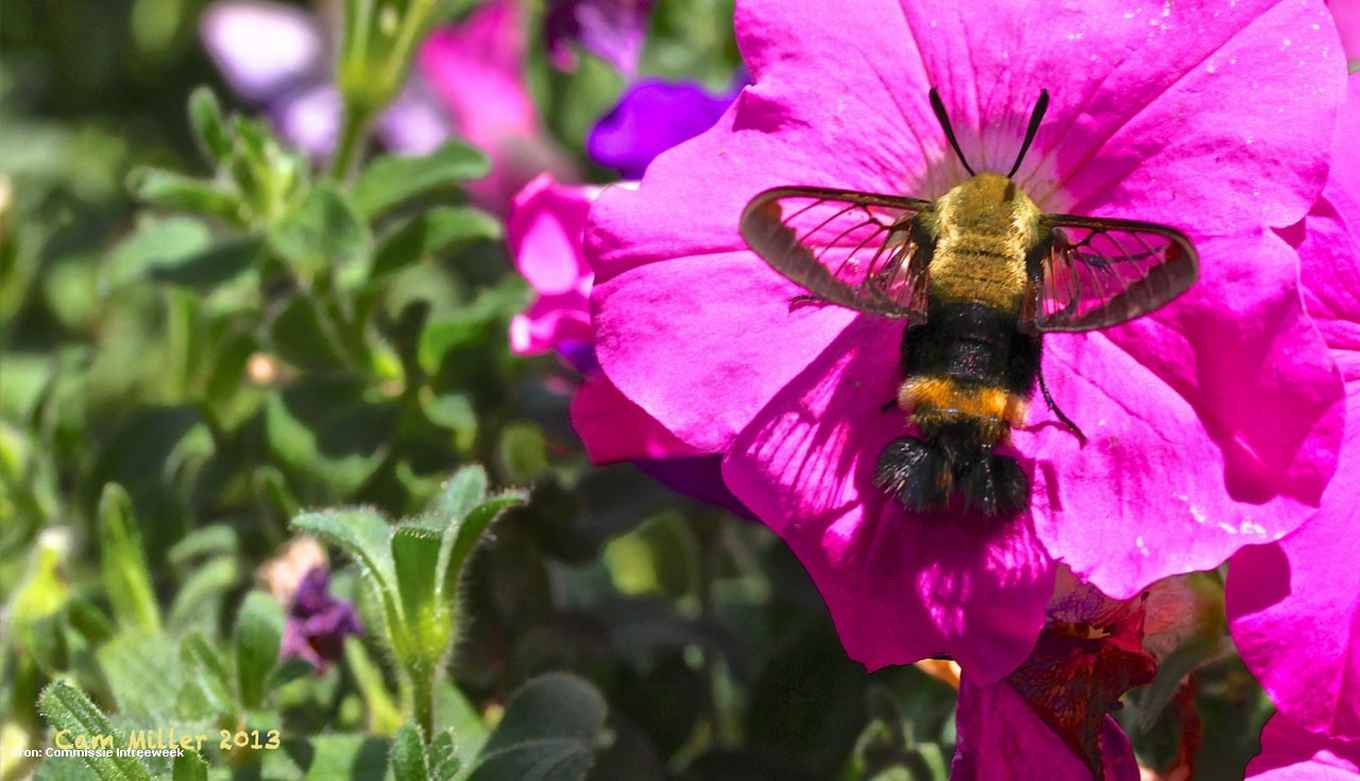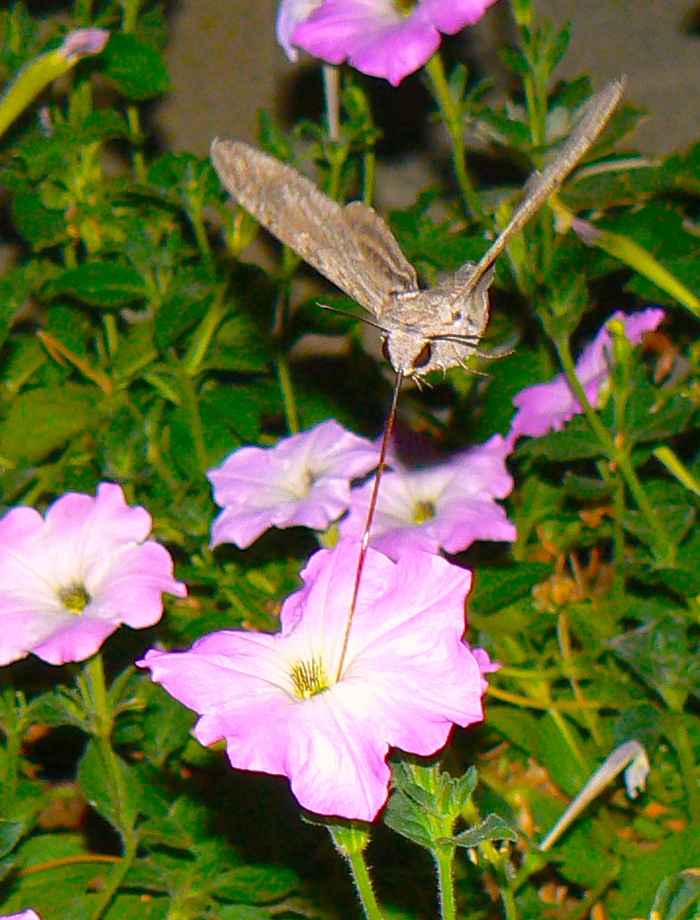Flowers actively communicate with environment
29 juni 2017

Floral volatiles play an important role in attracting pollinators such as bees and moths to ensure fertilisation and seed set. In fact, seed and fruit set in many of our crops depend on pollinators. It was already known that flowers regulate the production of volatiles to a very high degree. For instance, certain Petunias produce and emit several volatile benzoates only at night when their moth pollinators are active. Production is completely reset before dawn. For long it was thought that emission was a passive process. However, recent modelling showed that this is very unlikely, since very high levels of volatiles in the membrane around the cell would be necessary to sustain this diffusion, which are harmful to the cell.

Specific transporter
Plant Biologists from Purdue University (USA), Université Catholique de Louvain (Belgium) and the University of Amsterdam have now discovered that Petunia, a nightshades species like tomato, actively transports volatile benzoates from their petals to the air using a specific type of transporter. This ABC-type transporter was identified and cloned previously by the Dutch group (https://academic.oup.com/jxb/article-lookup/doi/10.1093/jxb/ers034) but it took several years and an international collaboration to proof its function. Since not only flowers but also leaves and roots can emit volatiles it is likely that emission from these organs is also actively regulated. ‘This finding implies that plants can regulate the emission of volatiles and thus also their communication with the environment, for example with neighbouring plants, insects and their enemies, and with beneficial and pathogenic microbes,’ concludes Robert Schuurink.
Improvement of defences
Knowledge about this mechanism, and in particular the underlying genes present opportunities to maintain this process in our crops during the breeding process, to ensure the much-needed seed and fruit set for food production. In addition, it can lead to an improvement of the defences in leaves against insects in which volatiles play an important role. ‘Future work should thus not only focus on increasing the biosynthesis of natural volatile insecticides in leaves, but also on the emission process. Moreover, we need to study how volatiles are transported over the plant cell wall, which is not well-understood’.
Publication details
Funmilayo Adebesin, Joshua R. Widhalm, Benoît Boachon, François Lefèvre, Baptiste Pierman, Joseph H. Lynch, Iftekhar Alam, Bruna Junqueira, Ryan Benke, Shaunak Ray, Justin A. Porter, Makoto Yanagisawa, Hazel Y. Wetzstein, John A. Morgan, Marc Boutry, Robert C. Schuurink & Natalia Dudareva: ‘Emission of volatile organic compounds from petunia is facilitated by an ABC transporter’ in: Science (29 June 2017); Vol. 356, No. 6345, p. 1386. DOI: 10.1126/science.aan0826